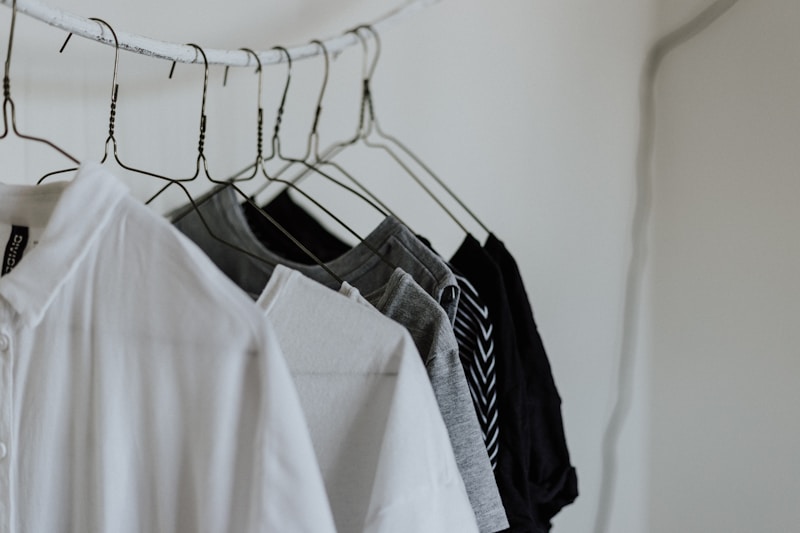Navigating Wedding Dress Options: A Comprehensive Guide for Every Bride
Introduction
Choosing the perfect wedding dress is one of the most exhilarating yet daunting tasks an engaged woman faces. With countless styles, fabrics, and designers to consider, navigating wedding dress options can often leave brides feeling overwhelmed. This guide aims to help you understand the various aspects of wedding dress shopping, ensuring you find a gown that complements your personality, body shape, and budget.
Understanding Your Style
Before diving into specific dress options, it’s essential to identify your style. Ask yourself questions like, “Am I more classic or modern?” or “Do I prefer vintage looks or something more contemporary?” Here are some popular wedding dress styles:
| Style | Description |
| A-Line | Fitted at the waist and flows out to the ground, giving a flattering silhouette. |
| Mermaid | Tight-fitting through the body and flares out at the knees, ideal for showing off curves. |
| Ball Gown | A dramatic style that features a fitted bodice and a full skirt, perfect for fairy-tale weddings. |
| Sheath | A sleek, form-fitting gown that follows the body’s natural lines. |
| Pantsuit | A chic alternative that combines elegance and comfort, ideal for modern brides. |
Choosing Your Fabric
The fabric you choose can significantly impact the look and feel of your wedding dress. Here are some popular options:
- Satin: A luxurious fabric that provides a smooth finish and is often used for classic designs.
- Chiffon: A lightweight, flowy material ideal for a breezy, romantic look.
- Lace: Offers a vintage appeal, with intricate details that can elevate any design.
- Tulle: Often used for skirts, tulle adds volume and can create a fairy-tale appearance.
Body Type Considerations
When navigating wedding dress options, it’s vital to consider your body type. The right dress can accentuate your best features and provide a flattering silhouette. Here are tips for dressing various body types:
- Hourglass: Opt for fitted styles that highlight your waist, like mermaid or A-line gowns.
- Pear Shape: A-line dresses are excellent for balancing wider hips, while structured bodices draw attention upwards.
- Apple Shape: Look for dresses with an empire waist to create a flowing look that flatters your midsection.
- Petite: Choose shorter hemlines and vertical lines to elongate your figure.
Incorporating Trends
Staying updated on current wedding dress trends can be beneficial. Here are some trends gaining popularity:
- Colorful Gowns: More brides are choosing dresses in shades of blush, pale blue, and even bold hues.
- Two-Piece Styles: This trend offers versatility and a modern twist to traditional gowns.
- Statement Sleeves: From puff sleeves to off-the-shoulder designs, bold sleeve styles are in.

Budgeting for Your Dress
Understanding your budget is crucial when navigating wedding dress options. Wedding dresses can range from a few hundred to tens of thousands of dollars. Here are some tips for budgeting without compromising your dream:
- Set a Realistic Budget: Determine what you can afford early in the process, considering alterations and accessories.
- Don't Forget Sales: Many bridal boutiques offer discounts during certain seasons, so stay alert.
- Consider Pre-Owned Options: Websites specializing in pre-owned wedding dresses can offer significant savings.
Tailoring and Alterations
Once you've found your perfect dress, you may still need some alterations to ensure the perfect fit. Always factor in additional costs for tailoring, which can range from simple hem adjustments to more complicated changes like resizing. It’s advisable to allocate around 10-15% of your dress budget for alterations.
Where to Shop
Once you’ve clarified your style, fabric, and budget, it’s time to explore shopping options. Here are some places to consider:
- Bridal Boutiques: These stores often have a curated selection of designer dresses and personalized service.
- Department Stores: Retail chains may carry a variety of affordable, stylish gowns.
- Online Retailers: Websites offer convenience and often allow for broader selections at varied price points.
- Custom Designers: If your budget allows, a custom-designed gown can truly reflect your unique style.
Bringing Your Entourage
Shopping for a wedding dress is often a shared experience. However, be selective about who you bring. Choose trusted friends or family members whose opinions you value. Too many voices can complicate the decision-making process.
Final Thoughts
Navigating wedding dress options can seem like a complex journey filled with decisions. Focus on what feels right for you—your style, comfort, and budget. Take your time to explore various options, and don’t be afraid to walk away if something doesn’t feel right. Remember, your wedding dress should not only make you look beautiful but also make you feel unique and confident on your special day.
In conclusion, finding the right wedding dress is a blend of knowing your body type, understanding your style, and being mindful of your budget. Keep these points in mind as you embark on this exciting journey, and enjoy every moment leading up to your special day!